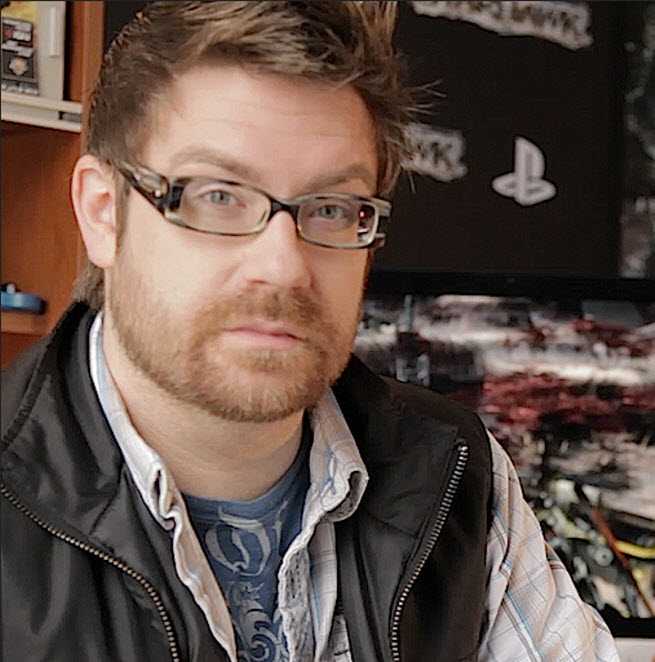It isn’t easy to move to a new city, launch a new studio, and create a new game at the same time. But LightBox Interactive has done just that, and now Sony is finally releasing LightBox’s new sci-fi western-style game, Starhawk.
The third-person shooter game debuts today on the PlayStation 3. The predecessor game, Warhawk, debuted on the PS 3 as a multiplayer-only title. But with Starhawk, LightBox has stepped up and created a single-player campaign along with multiplayer and cooperative play as well. The frenetic action game requires you to be a good shot and a strategist at the same time.
During the production, chief executive Dylan Jobe said, the company watched the game industry change and saw the rise of Zynga, which focused on learning from its social game analytics and immediately modifying its games as a result. Jobe said that even after today’s release, LightBox will have a big job ahead of it tuning the game to what the fans want. It will not only have to fix bugs but will also change the game and come out with new content to keep the fans coming back. Game design, it seems, is always changing and never done.
Here’s a transcript of our interview with Jobe.
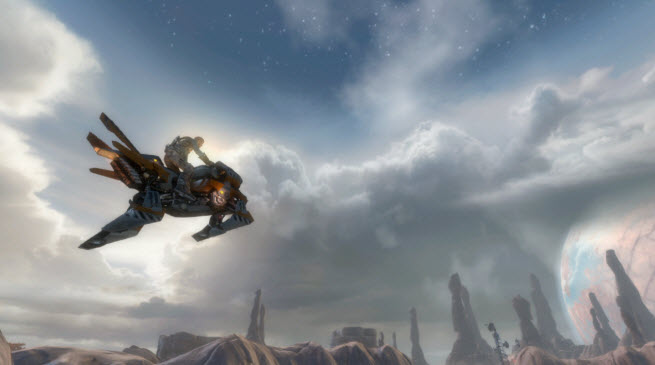
GamesBeat: How does it feel to have gotten to this point now?
Jobe: It feels great. It’s kind of tricky when you release a multiplayer game like this. I felt the same way with Warhawk. There’s that good feeling of having it done, yet at the same time you know that when you release a multiplayer game, especially to the global community, there’s still a lot of work ahead. There’ll be tuning and fixes and all kinds of thing that we’ll have to address and take care of for the community. So in some respects it’s like we’re done, but in other respects, we’ve just started.
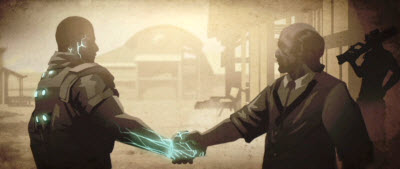 GamesBeat: Tell me about some of the development history here. And also about Lightbox and starting that up.
GamesBeat: Tell me about some of the development history here. And also about Lightbox and starting that up.
Jobe: Sure. We are a new studio. Starhawk will be our first game, even though I and my business partners have been working with Sony for many, many years. Even going back to the good old days of SingleTrac. Originally, I actually was not in the game industry at all. I worked as a product designer for AT&T and NCR, National Cash Register, of all places.
But I always really loved video games. So I eventually just thought, ‘Well, I keep making Quake mods and all these things, I want to get into the industry.’ I ended up leaving NCR and going to SingleTrac in Utah. I worked there for a little while and then worked at Incognito Entertainment, where I got to work on Twisted Metal Black and then produced and directed War of the Monsters, and then of course Warhawk, the PSN multiplayer game.
About the same time, Scott Campbell — who was at the time the president of Incognito — and Dave Jaffe wanted to start a new company, Eat Sleep Play. So they went off to create that new company. And I took 12 guys. We moved from Utah down to Austin and from there started LightBox and started developing Starhawk for Sony. We’ve been working on Starhawk for just over two and a half years.
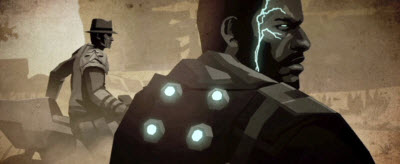 GamesBeat: What were some of the hard parts about starting a company at the same time you’re starting your first game?
GamesBeat: What were some of the hard parts about starting a company at the same time you’re starting your first game?
Jobe: That’s actually a good question. The hard thing is maintaining the production timeline, because you have milestones due to your publisher, yet at the same time you’re building your company. You have to contend with milestone deliveries, and you have to make sure that build gets out on time, but you also have to make sure that the actual build-out of your space gets done on time. We started doing a little bit of development while we were still in our small space in Salt Lake City. It was kind of a weird jumble, because we had some people still working in Salt Lake City, and we had a temporary space in very startup fashion, one of these rent-a-office places in Austin, while we were looking around for office space.
At the time, the economy was not super great. Credit was pretty much locked up. We were able to get LightBox started without having to take out any small business loans at all. It was tricky to find office space that could accommodate a new studio. That was one of the challenges, but one of the upsides, because it was such an economic downturn, we were able to get a really good price on some of our general contracting, furniture, some of the other costs that probably would have cost a bit more money had we started the company while the economy was doing well. So it was kind of a balance. Managing all that, working with our electricians and everything, and at the same time continuing to deliver monthly prototypes to Sony was definitely challenging. It felt like a strategy game, like a Sid Meier’s video game.
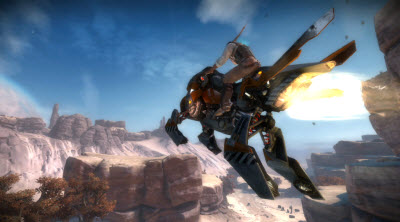 GamesBeat: It seems like it’s pretty tricky to get people to move for your company, too, down in Austin.
GamesBeat: It seems like it’s pretty tricky to get people to move for your company, too, down in Austin.
Jobe: It turned out way better than I thought it was going to be. So what we did was work with 12 people in Utah. I was very up front with them. I said, “You know, we’re going to be starting a new studio in Austin.” Because at the time we were still Sony employees, Incognito Entertainment was a wholly owned company of Sony’s. I wanted to make sure that I was very up front with all the new employees. I and the business partners ensured that we were able to give everyone a ton of notice, saying, “We’re going to start on this day, here are your new employee packages when you do become LightBox employees, let us know any of your thoughts.” We gave people a ton of fair warning and information.
And as it turned out, everyone moved down with us. It worked out great. So what we did was, we pulled our 12 people down from Utah, but at the same time we were doing remote hiring. So we were able to staff up with about an additional 20 headcount, by doing deferred hires. We were bringing people out to interview, having them come on board, letting them know what was going on, and then we set their start date a little bit later, about the time — and this was all very stressful — about the time that we got our studio done. The furniture was installed, the infrastructure was all in place. We had a bunch of new people start, for what amounted to a kind of overnight transition from about 12 to 30 people. I think we got lucky, actually. At the time there were some studios in Austin and in Dallas that had suffered some hardships. There were people who were looking, on the market, who were kind of fresh blood injected into the Austin scene, and we seemed to be an attractive place to start.
GamesBeat: So how many did you wind up with altogether?
Jobe: Right now we’re at 43. LightBox Interactive is a small team compared to other big shooters. Just like all game developers, we put in long hours.
